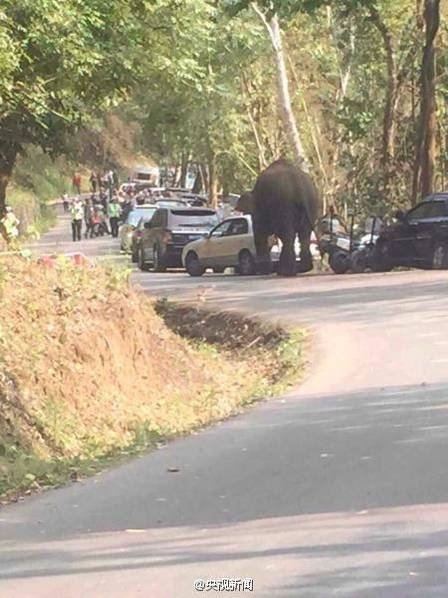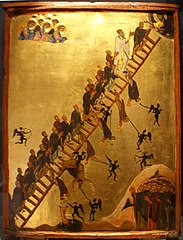Divergence on this issue is interesting.
As I understand it, circumcision is not a standard practise in most European countries.
It is now, not a standard practise in Australia.
Why is there such a strong support for it in the USA? Is it a consequence resulting from the strength of the American Jewish lobby?
Here's a few comments concerning circumcision from an Australian source:
Link to the page: http://www.circinfo.org/news_2015.html#worth
Circumcision “not worth it” for Aussie boys
Circumcision is not appropriate for 21st Century Aussie boys. A definitive article in Australia’s leading child health journal confirms the judgement of Australian paediatricians since 1971 that boys should not be routinely circumcised as a health precaution. In a rebuff to the American Academy of Pediatrics (and by extension the Centers for Disease Control, which repeats its errors) the article endorses the conclusion of the circumcision policy statement issued by the Royal Australasian College of Physicians in 2010, namely, that there is no medical warrant for routine circumcision in the Australian and New Zealand context. As the authors conclude, “There is insufficient scientific evidence to support routine newborn circumcision in Australia …. From medical point of view, the ‘price’ is still too high.”
Further details on the medical authorities statements page
--------------------
Circumcision risks and harms outweigh benefits
Yet another hard-hitting critique of the American Centers for Disease Control draft circumcision guidelines finds its conclusions unsupported by the evidence and its recommendations invalid: Brian Earp. Do the benefits of male circumcision outweigh the risks? A critique of the proposed CDC guidelines. Fronters in Pediatrics 3 (18), 21 February 2015
--------------------
Circumcision always painful for babies
Circumcision is “one of the most painful procedures a baby can undergo”, and no fully effective anaesthetic method has yet been devised. This is the disturbing conclusion of a paper in the Italian Journal of Pediatrics, which examines the various circumcision and anaesthetic techniques in use and finds none of them satisfactory. The authors note that although “relief of human suffering is one of the most important goals for health care providers”, there have been only half-hearted efforts to eliminate the pain of circumcision, partly because the operation originated as a cultural ritual in which endurance of intense pain was part of the rationale. “Unfortunately, even during clinical trials, babies still undergo circumcision without analgesia, and the continuous production of studies for a better analgesia is the sign that a gold standard has not yet been found”, they write. The authors found that the Mogen clamp was less painful than both the Gomco clamp and the Plastibell, though seem to be unaware that the Mogen caused such a high incidence of additional injuries that a series of lawsuits drove the company out of business. It is increasingly common these days for boys to be given a local anaesthetic with a needle, but if the evidence of many Youtube videos is to be believed, the needle is itself extremely painful and often causes bleeding. EMLA cream, much vaunted by Australian circumcision salesmen, is neither effective nor recommended for use on young babies. As the authors of the present study conclude, “more research is required to find a better analgesic approach, in order to make circumcision a totally painless procedure without stress or discomfort. Present methods do not yet guarantee a total analgesia during this procedure.”
Source: Bellieni CV et al. Analgesia for infants’ circumcision. Italian Journal of Pediatrics 2013 39:38.



